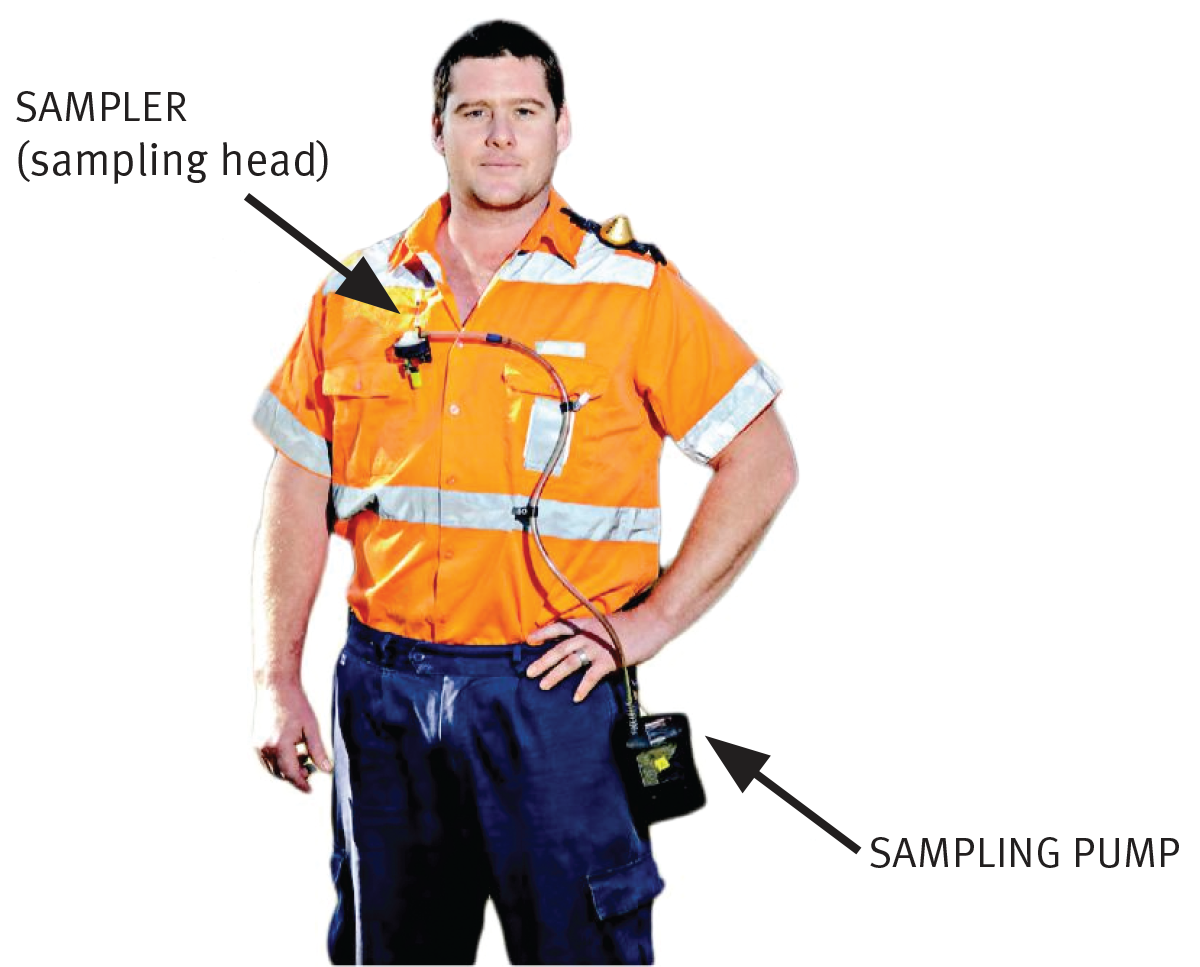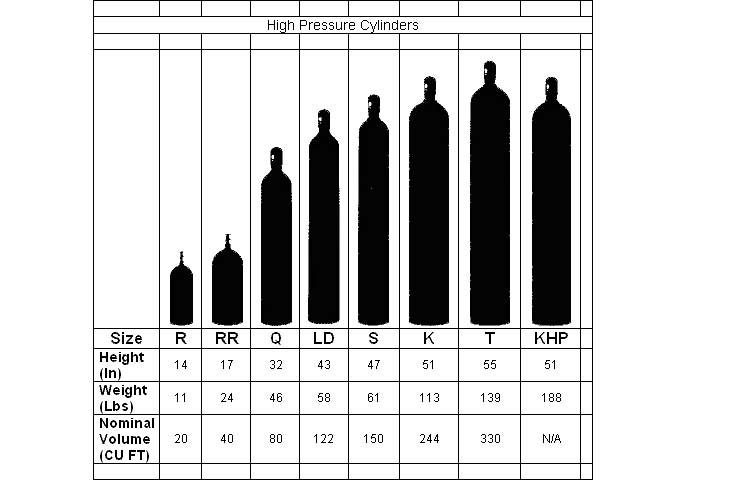
The use of a "zero" exposure result for such samples is inappropriate it will underestimate the employee's true exposure.

Such samples should not be counted by an employer in TWA calculations of employee exposure. An overloaded asbestos air sample is one in which non-asbestos dust obscures some or all of the fibers on the filter and therefore makes it impossible to accurately determine the concentration of asbestos in the laboratory's microscopic analysis. Analytical laboratories report such samples as "VOID," with a note of explanation. While monitoring an employee's exposure to an airborne contaminant, such as asbestos, occasionally samples are lost, damaged, overloaded, or are otherwise unusable. The computation formula for adding multiple samples from a monitored work shift's exposure is the standard industrial hygiene formula for cumulative exposures, as listed in OSHA's Air contaminants standards (see 1910.1000(d)(1) or 1915.1000(d)(1)). These sample results are then added together to calculate the employee's cumulative exposure as an 8-hour TWA. Therefore, it may be necessary to take several, sequential air samples during the work shift. For certain asbestos work activities that expose employees to high concentrations of dust, such as construction work, personal air samples can become overloaded quickly with dust and fibers. OSHA's 8-hour TWA PELs were established on the basis of a standard 8-hour work shift.
Air sample breathing zone full#
These standards require employers to monitor employee exposures by collecting representative air samples whose aggregate sampling time is as close as possible to the employee's full work shift, not to exceed 8 hours. Representative 30-minute short-term employee exposures shall be determined on the basis of one or more samples representing 30 minute exposures associated with operations that are most likely to produce exposures above the excursion limit for employees in each work area." The requirements and guidance are equivalent for all three asbestos standards also our general guidance on handling overloaded air samples applies to any OSHA standard with requirements for monitoring employee exposure to airborne contaminants.ġ926.1101(c)(1) Time-weighted average limit (TWA) states, "The employer shall ensure that no employee is exposed to an airborne concentration of asbestos in excess of 0.1 fiber per cubic centimeter of air as an eight (8) hour time-weighted average (TWA), as determined by the method prescribed in Appendix A to this section, or by an equivalent method."ġ926.1101(f)(1)(i) General monitoring criteria states, "Each employer who has a workplace or work operation where exposure monitoring is required under this section shall perform monitoring to determine accurately the airborne concentrations of asbestos to which employees may be exposed."ġ926.1101(f)(1)(ii) states, "Determinations of employee exposure shall be made from breathing zone air samples that are representative of the 8-hour TWA and 30-minute short-term exposures of each employee."ġ926.1101(f)(1)(iii) states, "Representative 8-hour TWA employee exposure shall be determined on the basis of one or more samples representing full-shift exposure for employees in each work area. We will answer your question by first listing the applicable standard paragraphs from the construction industry standard, followed by the specific guidance you requested. 1001, all contain employee exposure monitoring requirements related to your question. Reply: OSHA's three asbestos standards, the Construction Industry standard. Question: What is OSHA's guidance on the correct manner to interpret air sample measurements of an employee's asbestos exposure in determining an 8-hour time weighted average (TWA), when some of the sampled shift is measured by samples which are overloaded? Your paraphrased question and our reply are below.

This reply letter constitutes OSHA's interpretation only of the requirements discussed and may not be applicable to any question not delineated within your original correspondence. Specifically, you requested clarification in dealing with an air sample that cannot be analyzed because it is overloaded with debris. You requested clarification concerning OSHA's asbestos standards and the requirements for air sampling to monitor employee exposures against the permissible exposure limits (PELs). Your letter to our Salt Lake Technical Center (SLTC) was forwarded to OSHA's Directorate of Enforcement Programs, Office of Health Enforcement, in the national office. Thank you for your letter to the Occupational Safety and Health Administration (OSHA). Alaska Department of Labor and Workforce Development


 0 kommentar(er)
0 kommentar(er)
